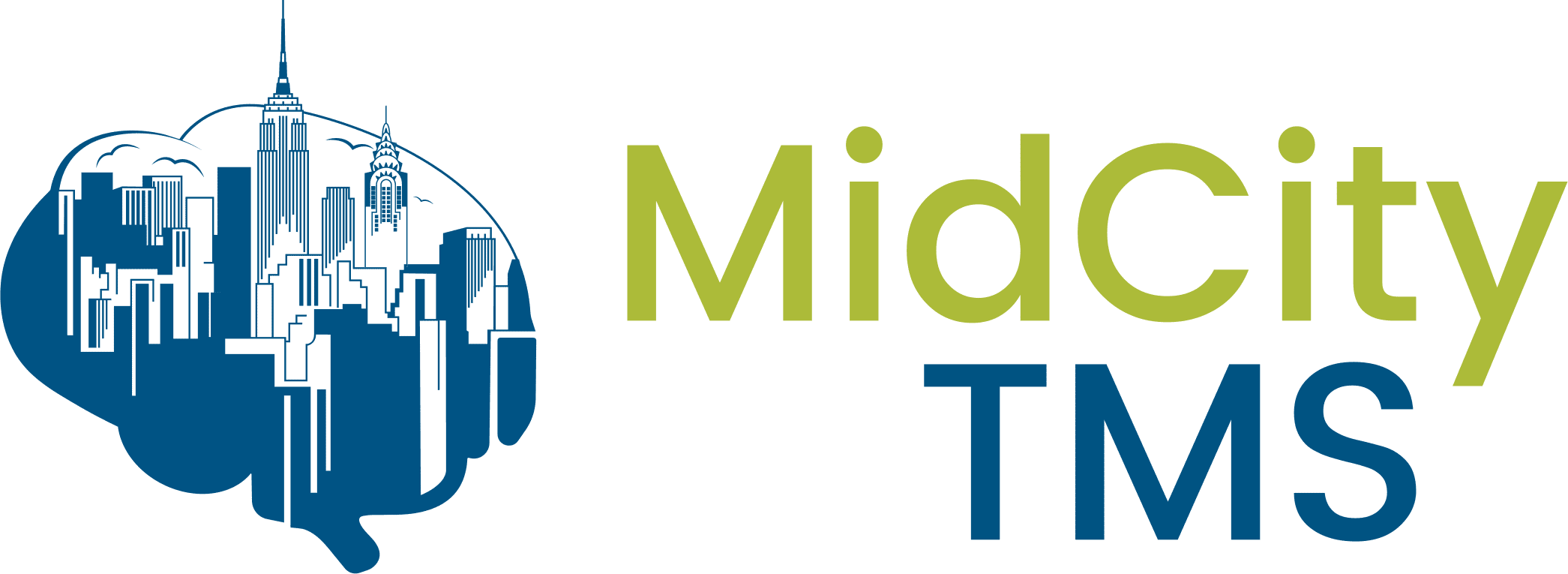Of the 10-15% of the population diagnosed with depression, between 10%-30% exhibit treatment-resistant symptoms, though some researchers believe this number could be as high as 50%. Transcranial Magnetic Stimulation has shown excellent results to relieve patients, but one of the chief downsides to conventional TMS has been the length of treatments. The average TMS session can range anywhere from 20-30 minutes and is typically conducted 5 days a week for 6-8 weeks.
There has been promising research done at Stanford University in delivering TMS in a more intensive schedule and accelerated pace. Research into Stanford Accelerated Intelligent Neuromodulation Therapy, or SAINT, for treatment-resistant depression, has shown promising results.
What Is Treatment-Resistant Depression?
Treatment-resistant depression manifests when a patient is unable to find relief of depression symptoms even after medication and psychotherapy. A patient may find temporary relief with medication, but antidepressant medications are often inadequately effective and antidepressant medications can slowly lose efficacy over time.
For patients, treatment-resistant depression can be a disheartening and frustrating condition and can involve spending years and thousands of dollars searching for answers. Depression is often a chronic condition and the prospect of never finding any adequate source of relief is daunting and can be life-threatening.
What is SAINT?
Stanford Accelerated Intelligent Neuromodulation Therapy (SAINT) is an experimental approach to TMS, built on the idea that delivering more pulses to the brain over a shorter time could be more effective to treat depression symptoms.
Dr. Nolan Williams, Assistant Professor of Psychiatry and Behavioral Sciences at the Stanford University Medical Center, and his team conducted their initial SAINT study on 21 hospitalized patients, who received a full course of SAINT treatment, which involved refinement of a form of FDA-approved non-invasive brain stimulation called iTBS (intermittent theta-burst stimulation). They found that if multiple treatments were given in one day, the course could be completed within 5 days.
Dr. Williams also targeted specific regions of the brain to boost the effectiveness of iTBS. He believed that stimulation to the dorsolateral prefrontal cortex (DFPLC) could impact the function of the subgenual anterior cingulate cortex (sgACC), which would form a chain reaction to reduce hyperconnectivity with the third section of the brain, the Default Mode Network (DMN), which is linked with depression symptoms. The challenge was to find the best spot on an individual’s DFPLC that would provoke a strong reaction from the sgACC. Since this part of the brain differs slightly in each person, Dr. Williams conducted a functional MRI brain scan on each patient before treatment, which helped him locate the exact location on the skull to administer the most effective stimulation for the individual’s needs.
By the end of the 5th day of treatment, 19 out of 21 or 90% of patients were considered in remission for their clinical depression, and those who were reportedly suicidal before treatment reported they were no longer having these thoughts. A month after treatment, 70% of these patients continued to have an antidepressant response, meaning their initial symptoms were still reduced by 50% or more.
With the experiment’s success, Williams and his team theorized that those who found relief through SAINT were not receiving stimulation fast enough through conventional TMS or iTBS to reduce depression symptoms. The individualized targeting combined with the higher number of pulses and higher number of sessions per day brought about a unique change in the patients, and if this could be replicated, it could bring depression relief to millions with depression.
Promising Research
Dr. Williams hopes that SAINT can ultimately become a readily available form of fast-acting antidepressant. He also believes SAINT could be developed for emergency use so that doctors may quickly treat patients experiencing suicidal episodes.. Dr. Williams and other researchers agreed that more randomized testing must be conducted on larger groups before they can understand the true impact of SAINT.
Recently, a double-blinded randomized controlled trial published in October 2021 of SAINT, now called SNT (Stanford Neuromodulation Therapy), was conducted on 29 participants with treatment-resistant depression. Participants were randomly assigned to either an active or sham SNT protocol. Which involved 10 stimulation sessions per day for five consecutive days. Stimulation sessions took place hourly, beginning with 10 minutes of 1800 pulses of TBS stimulation (Or noise mimicking stimulation for the sham stimulation group) followed by a 50-minute rest. Prior to starting treatment, all participants received MRI scans to identify the optimal target location. After five days of treatment, MADRS (a standard depression scale) scores were reduced by 62% among participants who received SNT compared with 14% in the sham stimulation group. The results were mostly sustained after 4 weeks. No significant side effects were observed; headaches were the only side effect that was more prevalent in the SNT group. Researchers concluded that “SNT, a high-dose iTBS protocol with functional-connectivity-guided targeting, was more effective than sham stimulation for treatment-resistant depression”, gathering significant evidence of the treatment’s efficacy and safety.
Data collected during this trial was evaluated by the FDA, and as a result, Magnus Medical, the company granted SAINT’s exclusive commercial licensing by Stanford, received the FDA’s Breakthrough Device Designation for its Magnus System, a SAINT based technology. The Breakthrough Device’s Program finds “certain medical devices and device-led combination products that provide for more effective treatment or diagnosis of life-threatening or irreversibly debilitating diseases,” with the goal of “providing patients and health care providers with timely access to these medical devices by speeding up their development, assessment, and review.” Thanks to this noteworthy recognition, there’s a high chance that many who suffer from depression will soon have more access to these treatments, granting depression relief to millions.
Mid City TMS for Your Treatment-Resistant Depression
Widespread access to SAINT or SNT is still some time in the future and more research is needed to figure out which of the many factors in the SAINT or SNT research contributes most to its efficacy. In addition to offering conventional TMS, Mid City TMS also offers various forms of Accelerated TMS and iTBS protocols which can be individualized to any patient’s specific needs. Our staff of empathetic professionals is ready to help find the TMS method that is right for you, with Dr. Bryan Bruno, one of NYC’s top experts in psychopharmacology and the treatment of complex mood disorders, at the helm. Living with treatment-resistant depression is frustrating, which is why we will be devoted to supporting you during this next step in your journey to improving your mental health. Take back control by calling us today for more information about TMS or to schedule a consultation.



